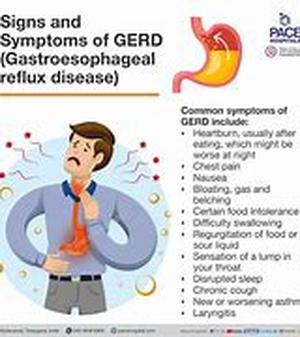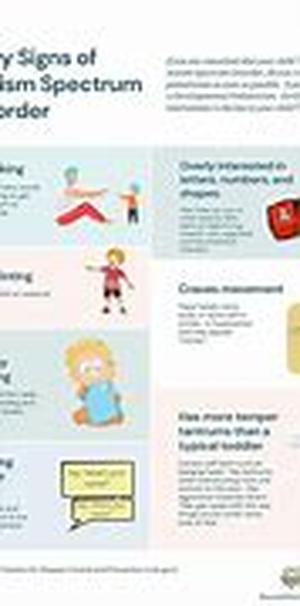
Consisting Of Several Methods For Prognosis, Routine Hematology Involves A Complete Blood Count. CBC Also Comprise Of White Blood Cell Count (WBC), Red Blood Cell Count (RBC), Hematocrit (HTC), Hemoglobin (HGB), Mean Corpuscular Volume (MCV), Mean Corpuscular Hemoglobin (MCH), Mean Corpuscular Hemoglobin Concentration (MCHC), Red Cell Distribution Width (RDW), Platelet (PLT) And Mean Platelet Volume (MPV). It Also Has Something To Do With Automated Differentials Where It Includes A Particular Percentage And Absolute Number Of Cell Types.With Routine Hematology, A Manual Degree Of Difference Is Performed Only When The Laboratory Where An Examination Was Taken Did Not Meet A Set Of Criterions. All Peripheral Smears As Well As Body Fluid Cytospin Preparations Are Stored For At Least One Month. Tests Of Routine Hematology Are Time Dependent After It Has Been Gathered. The Following Are Those That Require A Specific Amount Of Period.- Erythrocyte Sedimentation Rate (ESR) Measures The Gap That Erythrocytes Have Fallen After An Hour In A Vertical Column Of Antocoagulated Blood Under The Impact Of Gravity. It Is Within Eight Hours Of Collection.- Complete Blood Count (CBC) Measures The Hemoglobin, White Blood Cells, Platelets, Red Blood Cells And Hematocrit As Well As MCV, MCH And MCHC. It Is Within Twenty- Four Hours Of Collection.- Differential Determines The Qualitative And Quantitative E- Variations In White Cell Numbers, Platelet Evaluation And Red Cell Morphology. It Also Looks Into Anemia, Leukemia And Other Infections. It Is Within Eight Hours Of Collection.- Partial Thromboplastin Time (PTT) Measures The Clotting Phase Which Concentrates On A Particular Pathway In The Process. It Is Within Four Hours Of Collection.- Fibrinogen Is A Glycoprotein That Flow In Plasma At A Concentration Of 2-4 Grams Per Liter With A Half- Life Of 4 Days. It Is Within Four Hours Of Collection.- Urinalysis Is A Collection Of Experiments Utilizing Urine. It Uses Dipsticks Which Can Be Interpreted As The Color Changes. Fresh, First Morning Specimens Are Favored And Should Be Tried Immediately Upon Voiding. It Is With Two Hours Of Collection.In A Book Authored By Shirley McKenzie For Students Reference, Routine Hematology Procedures Have Two Levels Of Checklist Which Are The Following:Level 1 Aims To Recognize The Three Anticoagulants; Explain The Mechanism Of Hampering Blood Coagulation; Define OSHA Standards In Relation To Phlebotomy; Gather The Factors Which Affect The Compilation Of Blood Specimen; Associate The Method Of A Blood Specimen With Possible Complications; Describe Correct Disposal Of Contaminated Supplies; Calculation Of Erythrocyte Indices And Reticulocyte Count; Correlate Erythrocyte Indices With Complete Blood Count Date And Peripheral Blood Smear Examination. Level 2 Targets To Identify The Grounds That Bring About Brightfield Microscopy; Expound On The Principle Of Phase Disparity Microscopy; Understand The Aftermath Of The Test And Connect Abnormal Values With Clinical Conditions.





